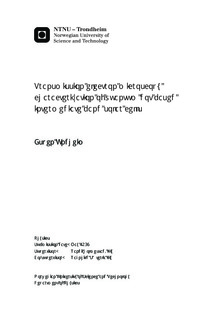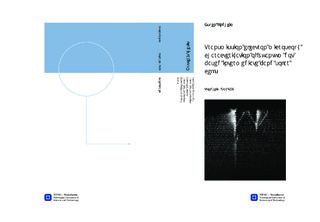| dc.description.abstract | In this thesis, two samples of quantum dot based intermediate band solar cells were studied and compared by transmission electron microscopy. These samples were grown on a (100) GaAs substrate, with a general structure consisting of 50 InAs quantum dot layers, where each quantum dot layer was separated by a spacer layer. The difference between the two samples was that one sample had GaAs spacer layers, while the other had GaNAs spacer layers. The N was added as a strain compensator, and it was therefore expected that this sample would exhibit less defects. By bright field (BF) and scanning transmission electron microscopy (STEM) the crystal structure of both samples were studied. This showed that the sample containing no N had fewer defects, compared to the other sample. Using energy dispersive X-ray spectroscopy and electron-probe micro analysis it was determined that the N content in both samples was either below the detection limit of 200 ppm or zero.The quantum dot sizes were then found for both samples by STEM and it was seen here that the sample supposedly containing N, had on average higher quantum dot sizes.The better crystal structure of the sample containing no N, were attributed to the lower average quantum dot sizes. As the N content of both samples was determined to be insignificant, the only likely cause for the difference in size where attributed to a difference in growth parameters.Using electron energy loss spectroscopy and BF imaging, the quantum dot sheet density was found. The sheet density of both samples was around 1^11 cm^(-2), with the sample containing no N having a factor 2 higher density compared to the other sample.Lastly, the polarity for both samples was determined by convergent electron beam diffraction, and these results were confirmed by a high resolution STEM image. | nb_NO |

